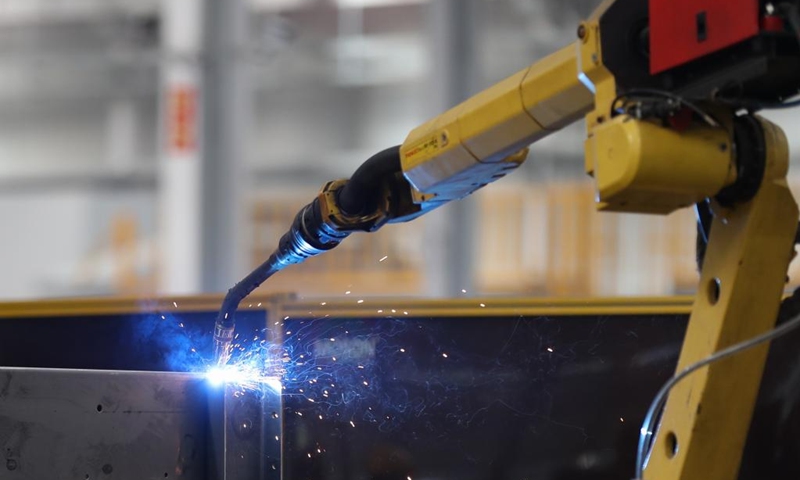China’s Robotic Welding Boosts Pipeline Construction

China has introduced a new self-developed robotic welding and inspection system aimed at speeding up the construction of oil and gas pipelines. According to a Xinhua report, a four-robot crew has already shown remarkable efficiency in handling pipe diameters from 33 to 1,422 millimeters, tackling varied terrains including deserts and steep mountain slopes, and performing ultrasonic inspection in a fully automated way.
Traditional pipeline welding methods—often manual or semi-automatic—are labor-intensive and prone to inconsistent quality. By contrast, the new system reportedly cut first-pass welding time from seven hours to just one, slashing both material usage and emissions by significant margins. Industry players such as TotalEnergies and Saudi Aramco have already endorsed the technology, which has gone into large-scale deployment in Africa and the Middle East.

Key to the innovation is the ability to maintain consistent weld quality with solid-core wire, ensuring stronger joints even on 30-degree inclines that once posed a major barrier. Beyond enhancing speed and safety, the robotic crew’s reduced fuel use and carbon emissions also align with growing environmental priorities. The system, developed through 15 targeted research programs, demonstrates a shift from conventional welding approaches to fully autonomous, high-end construction methods.
Source:



Discussion